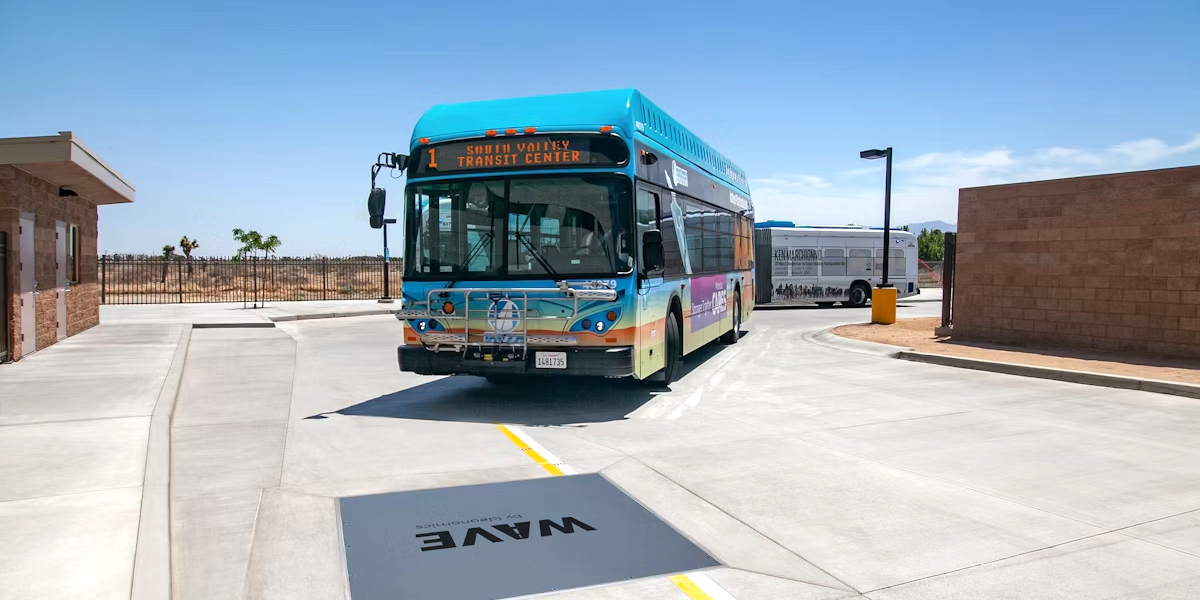Wireless charging experts at Ideanomics’ WAVE division are emphasizing the readiness of high-speed inductive electric vehicle (EV) charging, even in challenging cold weather conditions. WAVE employs a charging “plate” embedded beneath the road’s surface, working in tandem with a second charging plate on the vehicle’s underside to transmit current to the battery through induction, utilizing magnets.
Multiple such plates have been deployed at the Ports of Long Beach and Los Angeles, with a focus on reducing emissions in the transportation industry, historically the largest contributor (27%) to greenhouse gases in the US and Europe.
See also: Tesla Confirms Development of Wireless Charging Solution for Electric Vehicles
The Port of Los Angeles has already implemented stalls with varying power capacities, including 125 kW, 250 kW, 380 kW, and 500 kW. However, questions arise about the system’s functionality in regions experiencing more extreme winter weather conditions.
Supported by an $8.4 million grant from the US Department of Energy (DoE), WAVE is deploying a 500 kW wireless charger at a Venture Logistics facility in the Midwest. This high-powered wireless charging system is set to provide power to two Class 8 electric semi trucks and is specifically designed to operate in challenging low-negative temperatures.
The project aims to showcase the efficacy of high-power wireless charging in cold climates, addressing challenges posed by ice and snow while eliminating the need for handling heavy charging cables in adverse conditions.
See also: SAE International Chooses Mahle’s DIPS for Global EV Wireless Charging Standard
Upon completion later this quarter, the demonstration project with Venture Logistics is expected to highlight the effectiveness of wireless charging for medium- and heavy-duty vehicles requiring continuous operations and reliable charging infrastructure.
Executives from Ideanomics and Venture Logistics envision the project as a pioneering example of how high-power wireless charging can enhance zero-emission capabilities in cold climates, allowing electric heavy-duty vehicles to operate continuously without the downtime associated with traditional refueling or depot charging.

